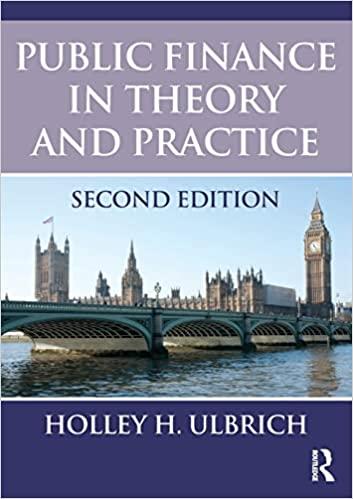5 Policy application . What happens to the voting paradox when there are more choices and/or more...
Question:
5 Policy application . What happens to the voting paradox when there are more choices and/or more voters or voting groups? Try a simple experiment. Add to the table of preferences
( Table 4.1 ) a fourth choice, new school buses, with the same three voters or groups of voters ( Table 4.2 )
Table 4.2 The voting paradox 2 Group/Option Children’s park Fire station Road improvements School buses A 1 2 3 4 B 2 3 4 1 C 3 4 1 2 Is there now a clear dominant choice, or a clear rejection, i.e. one choice that loses in any pairwise comparison? What do you think would happen if you increased the number of voters while holding the array of choices the same?
Fantastic news! We've Found the answer you've been seeking!
Step by Step Answer:
Related Book For 

Question Posted:





